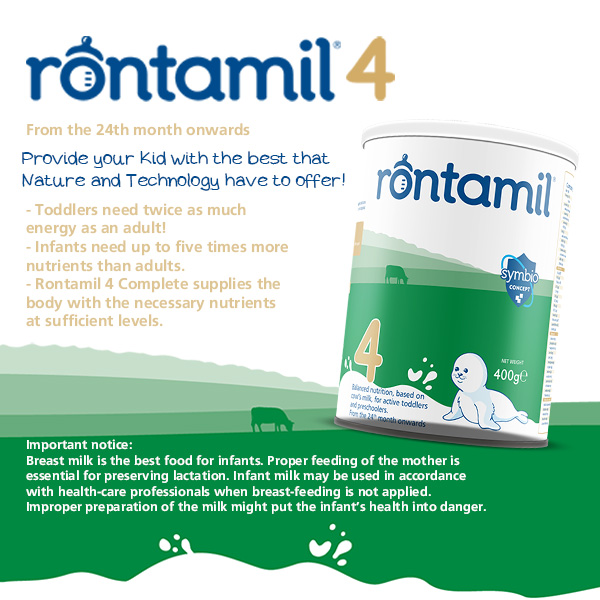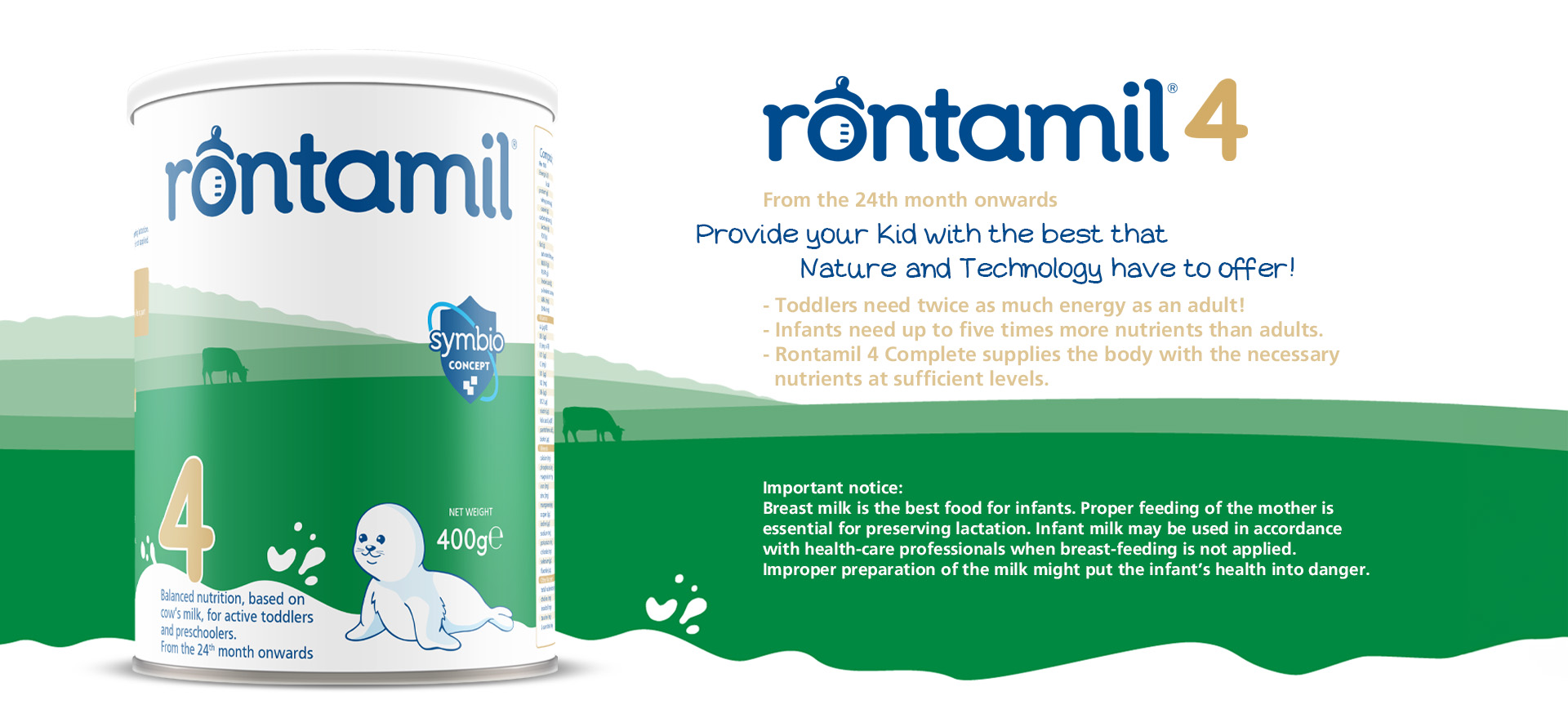Select your baby’s birth date or your due date.
Calendar
European Guidelines for Feeding Preterm Infants
What are the ESPGHAN nutritional guidelines?
The European Society for Paediatric Gastroenterology, Hepatology and Nutrition (ESPGHAN) is a multi-professional organization set up to promote the health of children.
ESPGHAN’s nutritional guidelines offer comprehensive and practical advice on the feeding of preterm infants1. Their goal is to ensure that infants who are born prematurely receive all the nutrients needed to achieve optimal growth and development. The guidelines offer recommendations on the required intakes of specific nutrients needed by infants up to a weight of 1800g. They also offer some practical advice on how these nutrient requirements can be achieved.
Why did we need new guidelines?
Over the past 20 years the survival of preterm infants has improved substantially. Neonatal teams are now caring for a growing number of infants likely to survive from an increasingly premature start to life. As experience of caring for these preterm infants has grown, so has our understanding of their specific nutritional needs. It was to reflect these changing demands that ESPGHAN decided to update the guidelines it had first published in 1987. The new guidelines recognize that preterm infants have different nutritional requirements depending on their weight and offer ideal intake ranges for each specific nutrient.
What do they say?
The guidelines state that the ‘preferred food for premature infants is fortified human milk from the infant’s own mother, or, alternatively, formula designed for premature infants’. Expressed breast milk should be supplemented where necessary by a breast milk fortifier (BMF). Where fortified breast milk or formula feeds are used their nutrient content should correspond as closely as possible to the ideal values shown in table 1.
Who should read the guidelines?
“A recent survey of 170 healthcare professionals revealed that 67.6% would like to know more about the ESPGHAN guidelines.”The ESPGHAN guidelines are aimed at all healthcare professionals involved in the nutrition of preterm infants.
It is particularly important that healthcare professionals who help mothers use BMF or formula milks are aware of the recommended levels of key nutrients so they can ensure that the decisions they make conform to these values.
Mothers and healthcare professionals should be aware that the composition of expressed preterm breast milk changes over time and even throughout the day. For instance, initial high quantities of protein and antibodies may decrease. Some
women experience quite large variations in protein and energy content throughout the day. If facilities and time are available it may be possible to “pool” the mother’s milk, measure the protein and energy content and add BMF accordingly. Close monitoring of weight gain, longitudinal growth, head circumference, serum urea levels and bone profile will also alert healthcare professionals to the need for extra nutrients.
Appropriate strategies to optimize milk production include:
• Ensuring information on how to express milk is available to all new mothers within six hours of birth, stressing the importance of early and frequent expressing
• Providing access to suitable equipment including breast pumps
• Providing guidance on equipment sterilization and storage of expressed milk
• Encouraging skin-to-skin contact with their infant
• Ensuring ongoing support to maintain lactation and milk expression
Role of breast milk fortifier (BMF)
Adequate volumes of breast milk and additional vitamins will meet the nutritional needs of most preterm infants born at 1500g birth weight and above, due to greater amounts of protein and other nutrients in early preterm milk. These infants require close monitoring to ensure they are achieving satisfactory weight gain otherwise breast milk fortifier may need to be introduced.
Fortified breast milk should be considered for those infants born below 1500g birth weight to optimize growth and bone mineralization. Most infants will need fortification by two to three weeks of age, to compensate for the change in breast milk composition as it becomes closer to the nutritional profile of term breast milk.
Infants born below 1000g birth weight and before 30 weeks gestation are particularly vulnerable to feed intolerance and possible necrotizing enterocolitis. Feed tolerance is achieved once the infant is no longer taking parenteral nutrition, is absorbing approximately 150ml/kg/day of milk, has minimal gastric aspirates and is passing regular stools. The timing of introduction of BMF is important. BMF can be commenced before full feeds are achieved although waiting until full feeds is common practice. Many neonatal teams introduce BMF gradually: some units will fortify alternate feeds for the first 24-48 hours, or use half strength fortification, although many find that commencing with full strength fortification results in acceptable tolerance.
Preterm formulas
Infants whose mothers are unable to continue to express milk (or who have chosen not to) should be fed a formula milk that is specifically designed for preterm infants, and which meets the ESPGHAN guidelines. Normal term formulas will not meet the preterm infant’s nutritional needs.
References
1. Agostoni C et al. Enteral Nutrient Supply for Preterm Infants: Commentary from the European Society for Paediatric Gastroenterology, Hepatology and Nutrition Committee on Nutrition J Pediatr Gastroenterol Nutr 2010;50(1):85–91.
2. Danone Baby Nutrition. Caring for the Young: A Telephone Survey of Neonatal Healthcare Professionals. Opinion Matters. London 2011.



